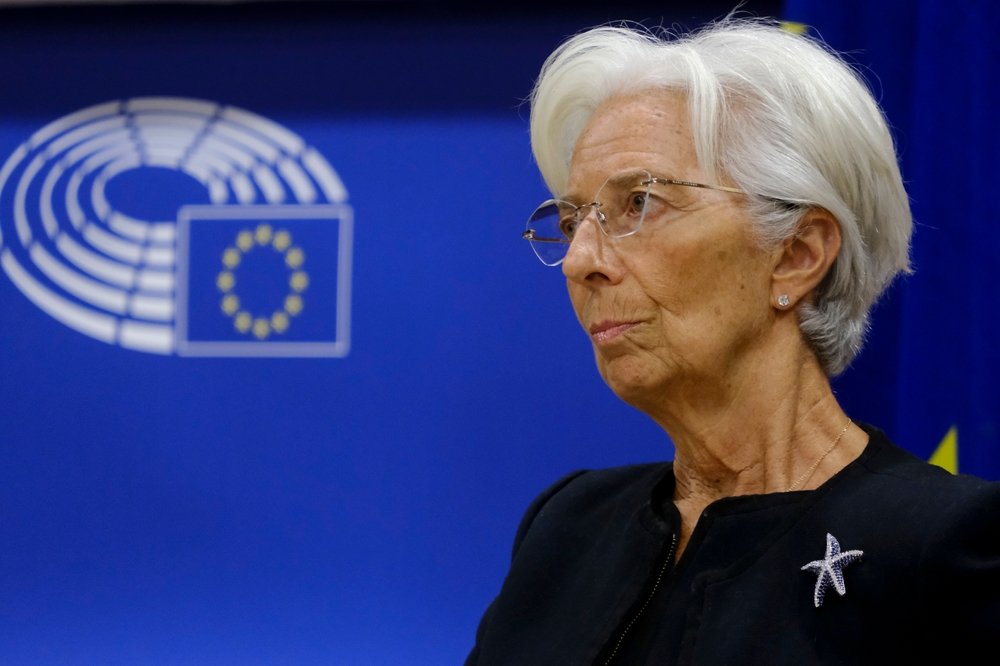ECB cuts its policy rate to 'meaningfully less restrictive' level

Disinflation remains on track, but uncertainty is huge
According to ECB President Lagarde, this rate cut was based on the fact that in the eurozone, disinflation towards the 2% target remains on course; and this despite the fact that ECB economists in their new economic projections revised average inflation for 2025 upwards from 2.1% to 2.3%. This was mainly due to higher energy prices at the time the projections were made. As this effect is temporary, average expected inflation for 2026 remained unchanged at 1.9%, nicely in line with the inflation target of 2%. The ECB economists' new growth forecasts this time are, however, considerably lower than previous projections: for 2025, the ECB now expects growth of 0.9% (instead of 1.1%), and for 2026 of 1.2% (instead of 1.4%). The main reason for this is continued weakness in the manufacturing sector and high uncertainty weighing on investment.
'Meaningfully less restrictive'
Following the latest rate cut, ECB monetary policy has become 'meaningfully less restrictive', according to President Lagarde. In other words, with policy rates at 2.50%, it is another step closer to the neutral interest rate level and thus also nearing the end of the easing cycle. The ECB did stress that uncertainty is enormous, especially with regard to economic policy and, in particular, trade policy. Therefore, it said, future ECB policy remains data-dependent and will be reconsidered from meeting to meeting without any precommitment related to interest rate policy.
Probably higher bottom rate
Based on the ECB's reference to the less restrictive nature of its policy and high uncertainty, KBC Economics assumes that the ECB will cut its policy rate one more time by 25 basis points to 2.25% in the second quarter. At that level, the ECB is likely to end its easing cycle. This is also in line with current market expectations. On balance, the bond market hardly reacted to the interest rate decision and ECB communication, as the decision was widely expected. Moreover, German 10-year rates are currently almost entirely driven by the radical reversal of European and German fiscal plans.
International role of the euro
During her press conference, President Lagarde also indicated that intra-EMU bond yield spreads barely reacted to the sharp rise in German 10-year rates over the past few days. According to her, this was a sign that the transmission of the ECB's monetary policy across the eurozone is proceeding smoothly.
Regarding the expansionary fiscal plans of the EU and Germany, President Lagarde mentioned that ECB policy is guided only by its objective of price stability. Thus, in her view, the ECB will in no way contribute to facilitating the financing of additional debt through, for example, an implicit higher inflation tolerance. Regarding such financing, President Lagarde was also sceptical about the thinking behind seizing frozen Russian capital in the EU (especially at Belgium's Euroclear). Indeed, she said, respect for international law is important to safeguard international investors' confidence in the euro and thus maintain or even strengthen its international role as a reserve currency. Indeed, in the current context of global uncertainty, such confidence can be a competitive advantage. In that context, President Lagarde also referred to the ECB's work on a digital euro. If European policymakers opt for its introduction, that too could promote the international role of the euro.

